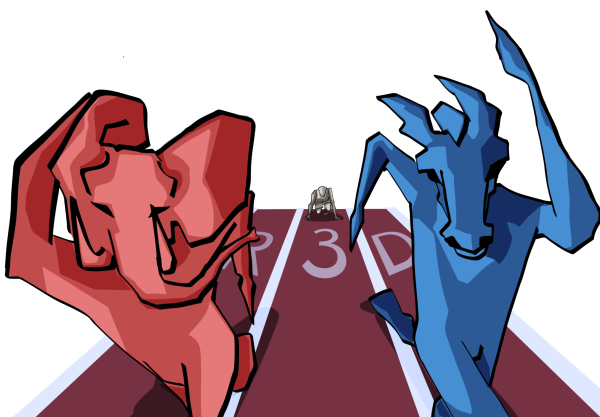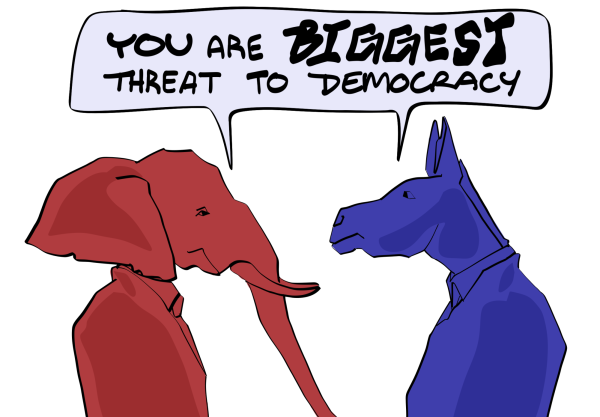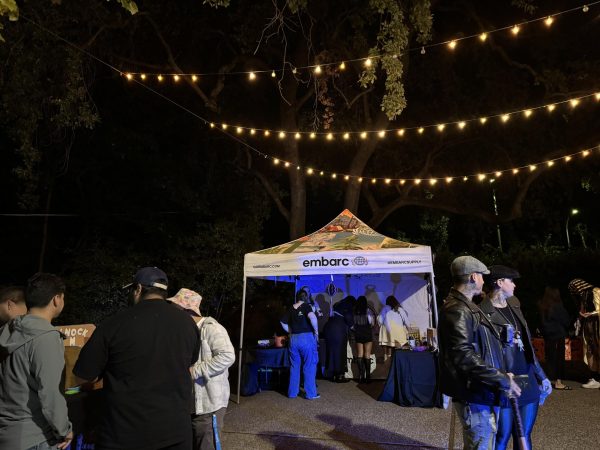Students, citizens need to open their eyes to STIs
When the topic of sex education comes up in college, most students only recall the terrible and graphic images of sexually transmitted infections.
With these images came an overwhelming sense of fear and unfortunately very little education, thus resulting in STIs being followed around blanketed in stigma.
When things are stigmatized, conversation about them ceases to exist.
STIs have such a dark stigma around them that students feel there is no way it could happen to them.
Unfortunately, in a hook-up culture, this isn’t true.
Students need to understand that there isn’t any shame in getting tested- — or getting an STI for that matter.
Today there are so many resources for people to not only be continuously tested but to be treated as well.
At our own health center students have the accessibility to a full STI screening if they ask for it.
The Student Health Center will only screen for two STIs upon initial request because it saves money, but have to give full screenings if patients ask.
The center needs to disclose this fact to students and fully educate them on what these tests mean and what comes next.
For example, those horrible and disgusting and puss-filled images from health class are worst-case scenarios and when cases have gone untreated.
Most of the time, symptoms don’t start to show until long after initial contact with the STI.
Because of this, students don’t think to get tested because their genitals aren’t full of infected scabs.
The Student Health Center and the community need to work together to adequetly educate students on STIs: what they actually look like, how to prevent them, how to keep them away by staying informed and communicating with their partners.
This could be done in sort of a comprehensive sex education class meets AlcoholEDU at the beginning of the semester. Topics could include: contraception, consent, STIs and testing, and how to combat rape culture.
By the way, condoms are free on campus, like, everywhere.
The Orion editorial is a collaborative effort of the entire ed board.









